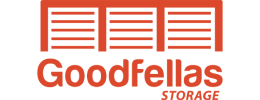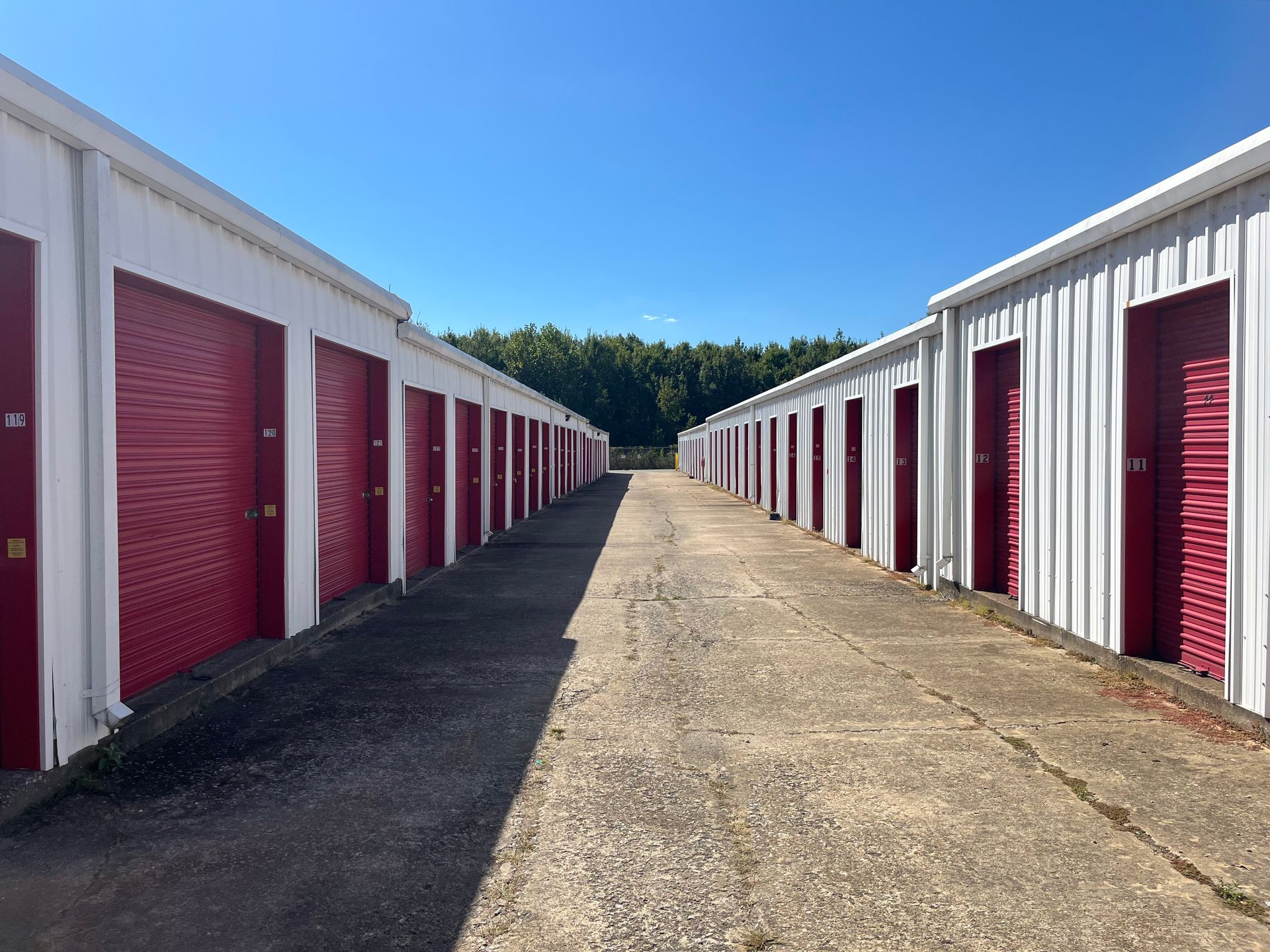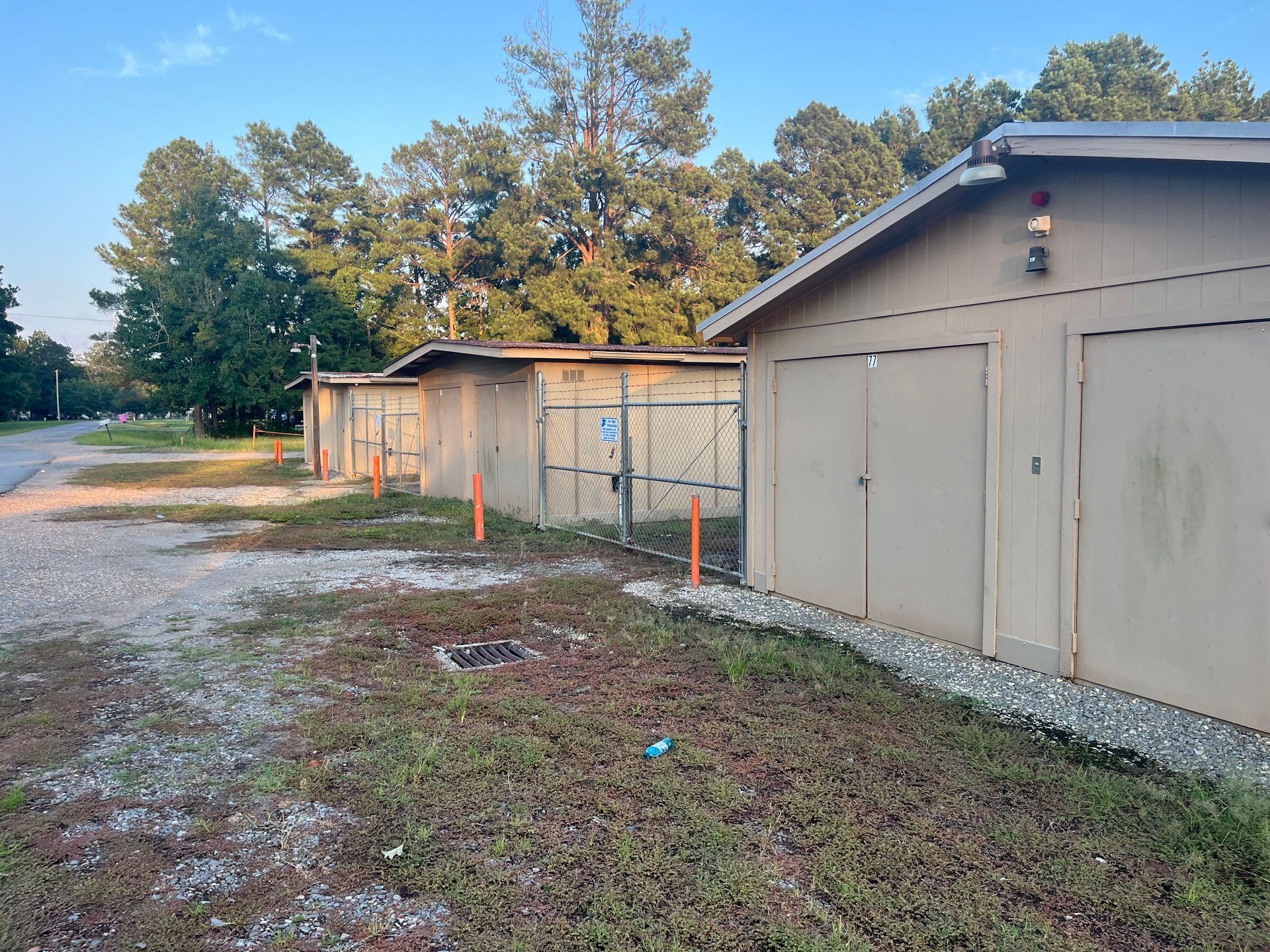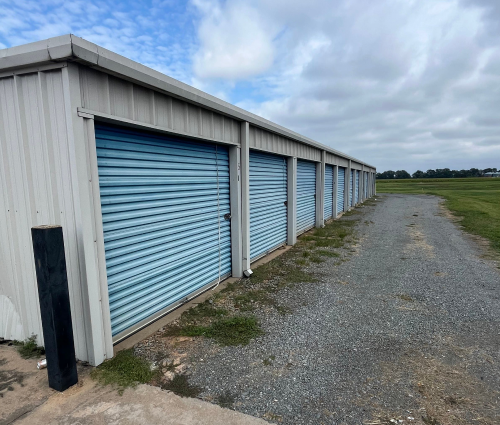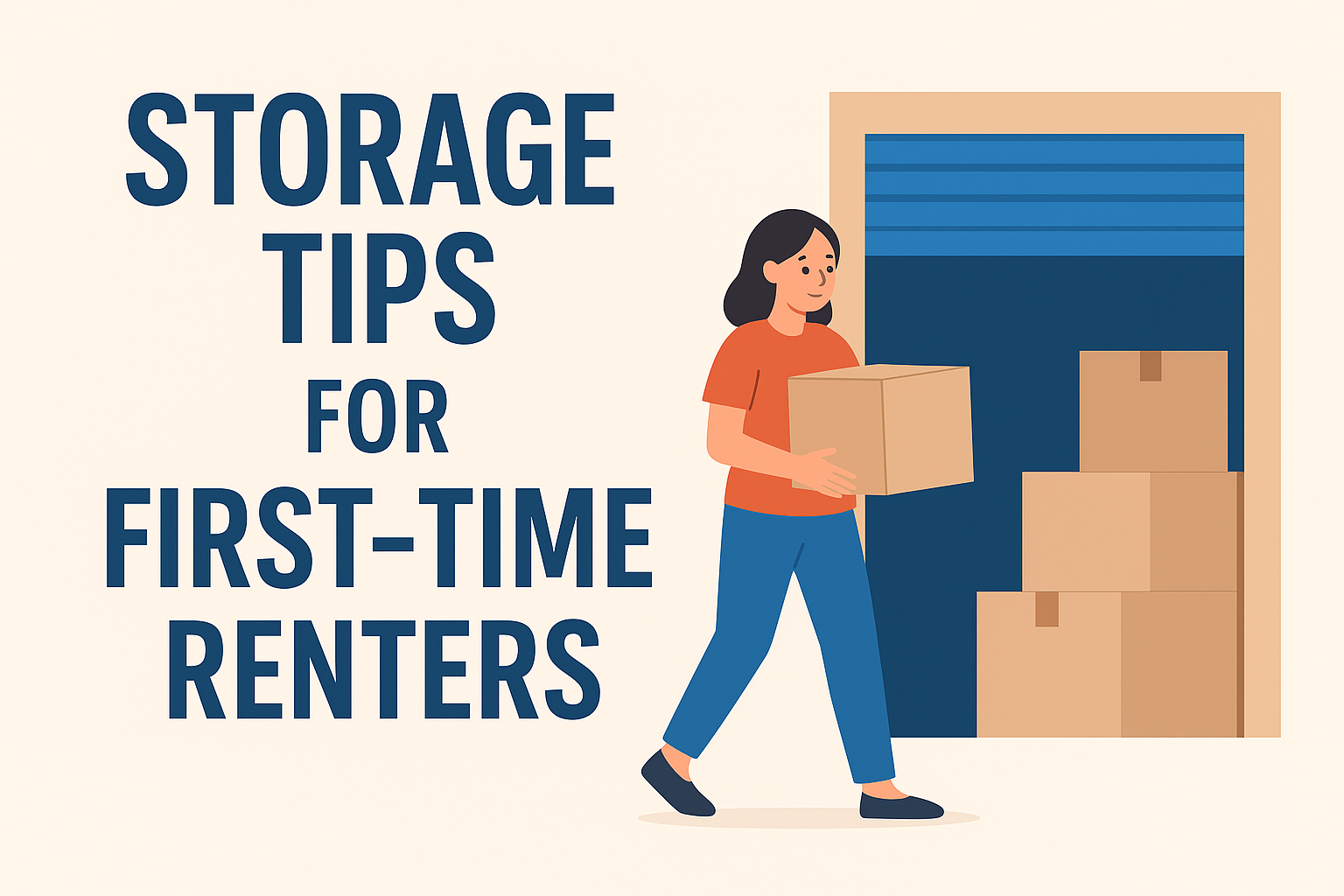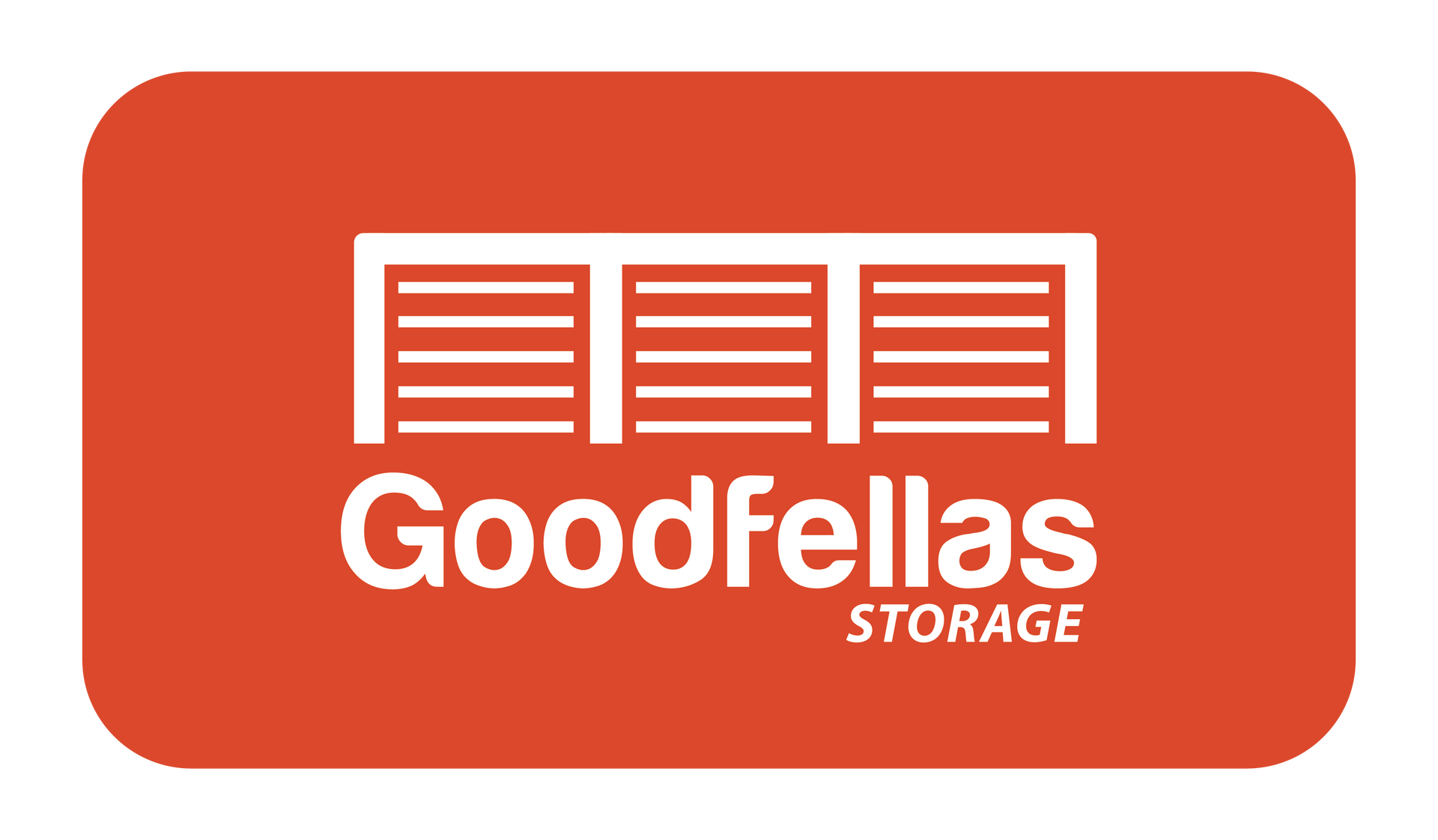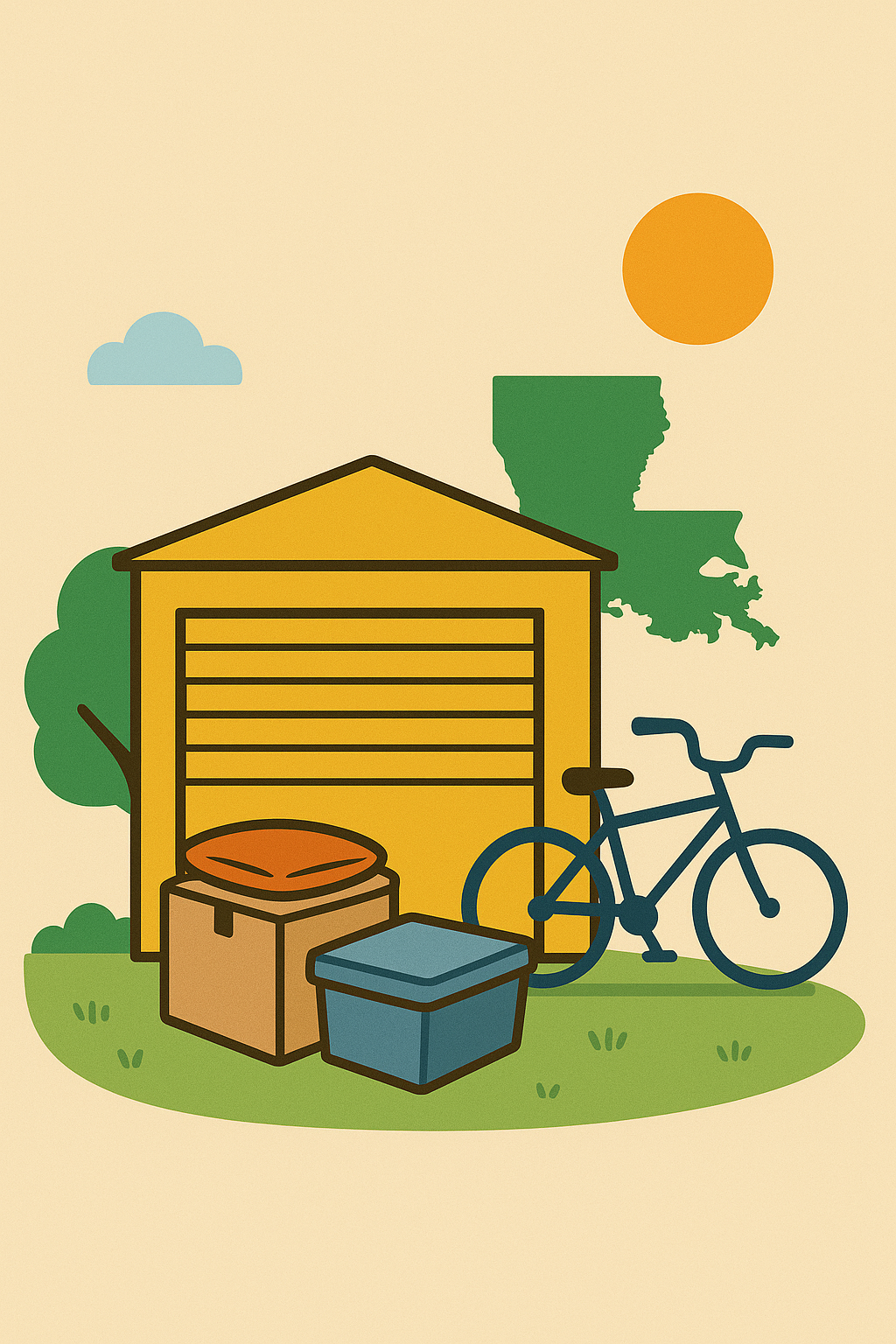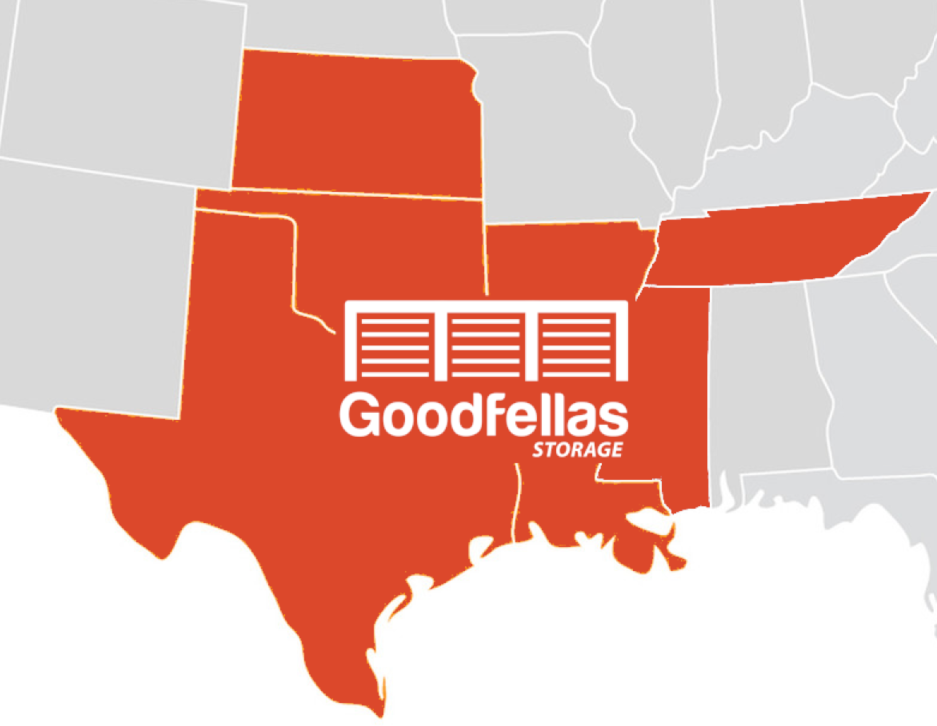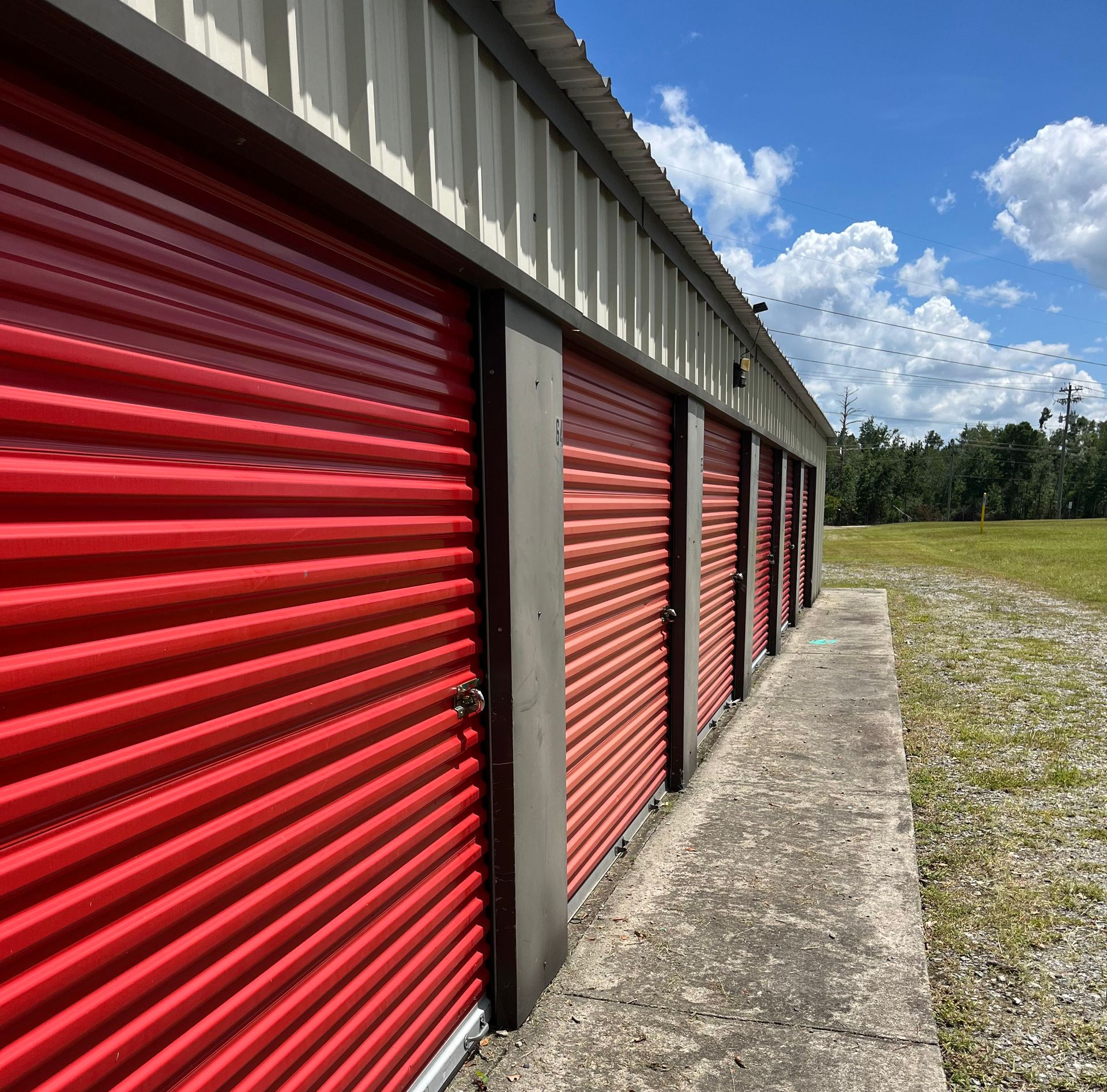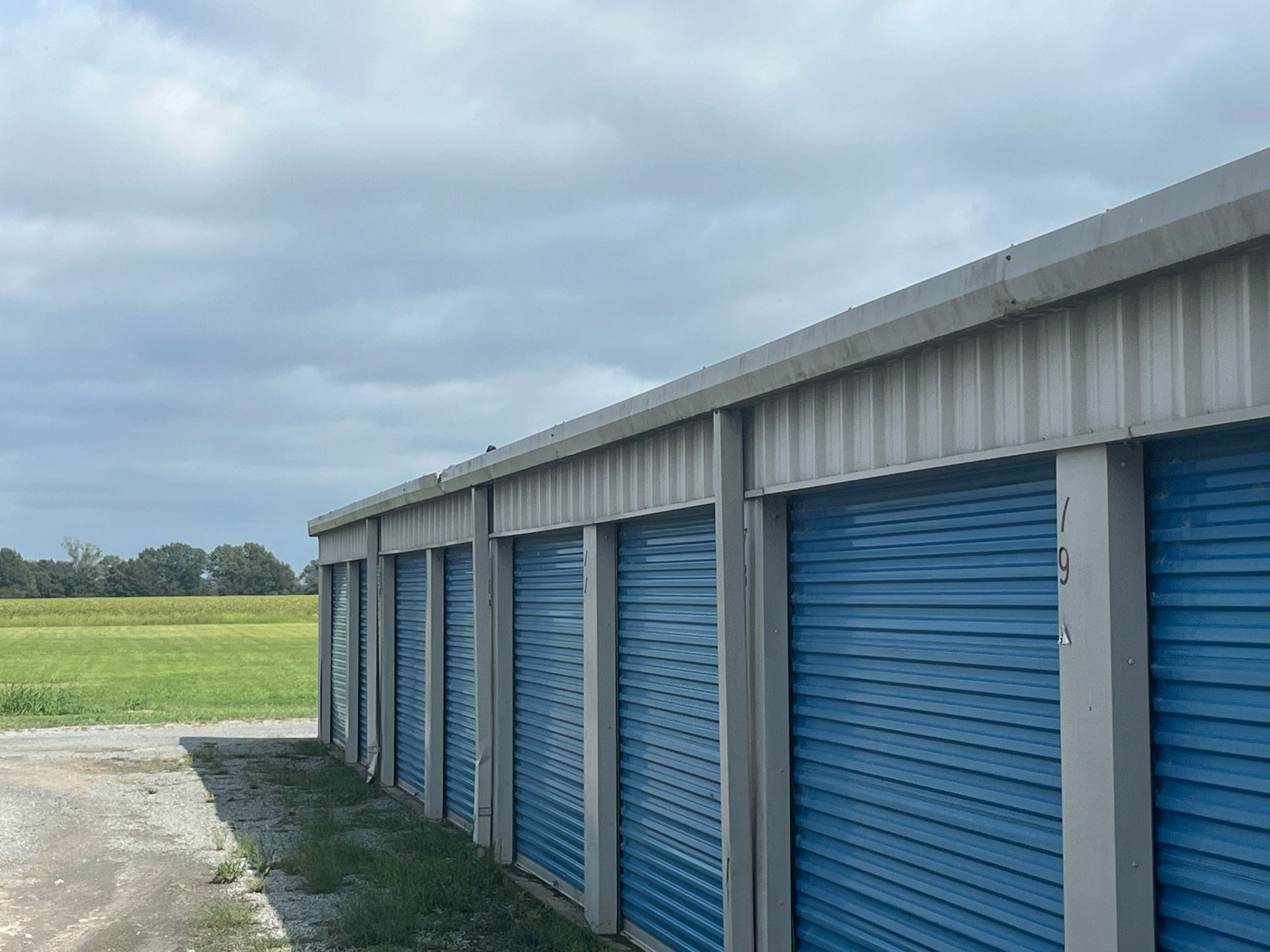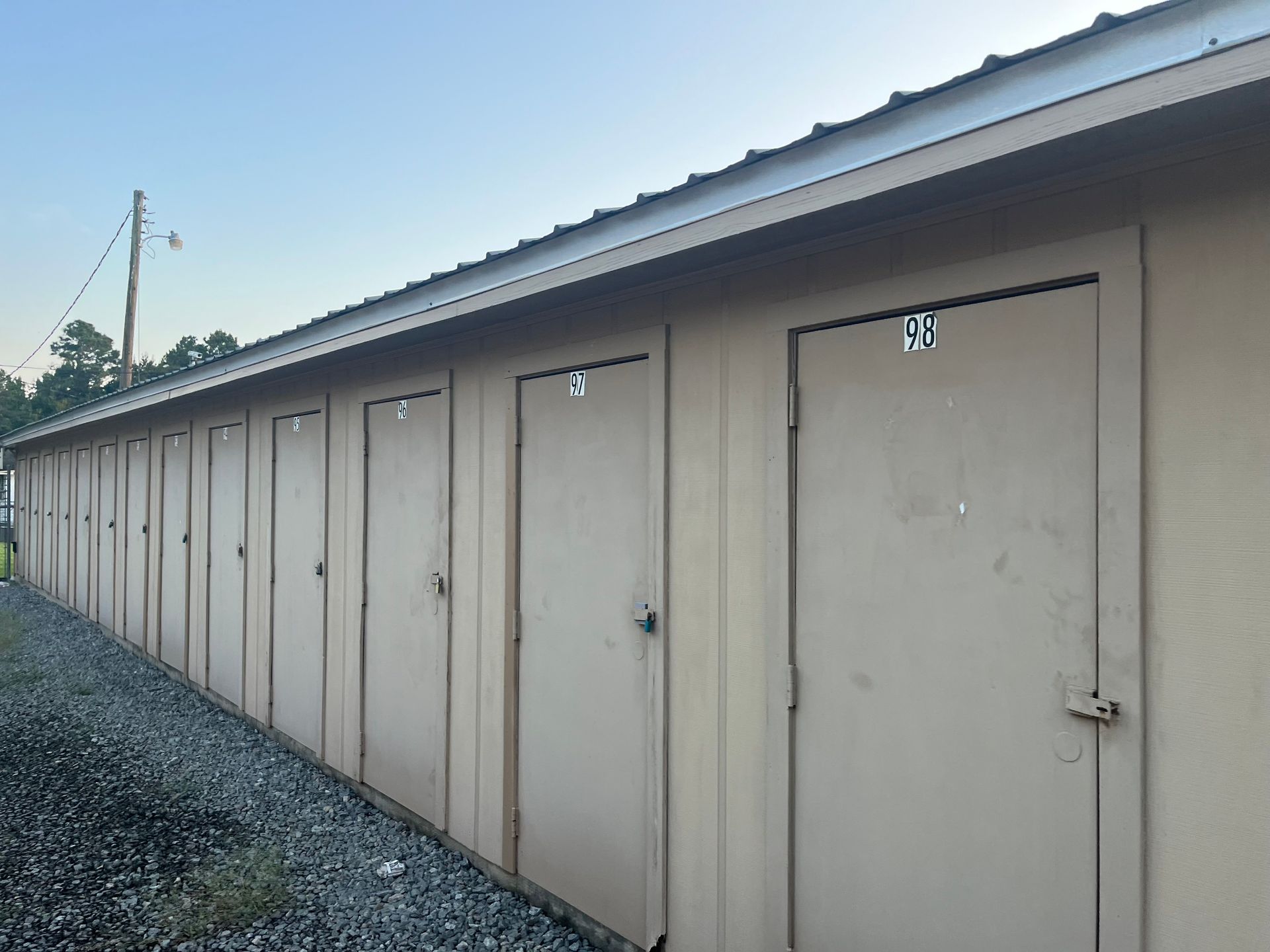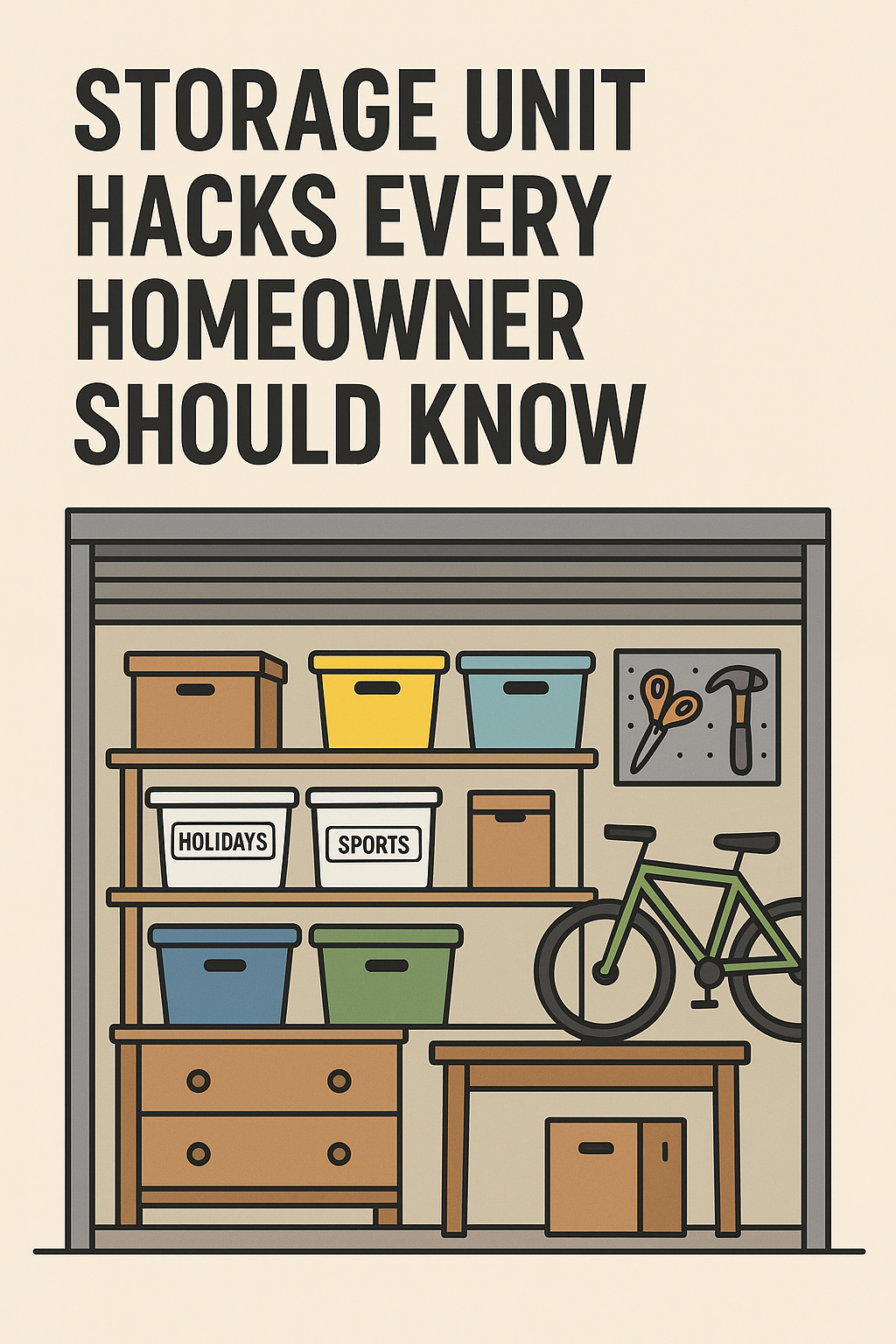Avoiding Storage Unit Overpacking
Expert strategies to organize, stack, and store your belongings safely without cramming your storage unit to the limit

At first glance, it seems logical to fit as much as possible into your storage unit. After all, you’re paying by the square foot. But overpacking comes with hidden costs that most renters don’t realize until it’s too late.
Here’s what happens when you overpack:
- Crushed or damaged items: Boxes and furniture can collapse under weight.
- Blocked airflow: Poor ventilation increases the risk of mildew, odors, and humidity damage.
- Difficult access: Retrieving one item may mean unpacking an entire wall of boxes.
- Safety hazards: Toppling boxes or heavy objects can cause injuries.
- Insurance complications: Some tenant protection plans may not cover damages caused by negligence or improper storage.
The bottom line? Overpacking can cost you more than a slightly larger unit ever would. Avoiding it ensures your belongings remain safe and accessible.
Step 1: Choose the Right Storage Unit Size
The foundation of efficient storage is selecting the right unit size. Too many renters make the mistake of renting a smaller space to save money — then end up cramming items or needing to rent a second unit later.
To prevent this, use our Storage Unit Size Guide and review our blog post How to Choose the Right Size Storage Unit before signing a lease.
A few rules of thumb:
- 5x10 units are ideal for a small studio or the contents of a single room.
- 10x10 units fit the belongings of a one-bedroom apartment.
- 10x20 units can store an entire household or vehicle.
If you’re between sizes, always go one size larger. The extra square footage will pay off in accessibility and safety.
And if you’re unsure, contact our team through our Contact Us page. We’ll help match your needs to the right space before you move a single box.
Step 2: Plan the Layout Before You Load the Unit
One of the simplest ways to avoid overpacking storage is to start with a plan. Treat your storage unit like a miniature room — every square foot matters.
Create a layout that includes:
- A central aisle so you can walk through the unit.
- Heavy items (appliances, furniture, toolboxes) at the back or along walls.
- Light or fragile items on top shelves or toward the front.
- Frequently used items near the entrance.
- Stackable containers grouped by category — clothes, décor, books, kitchenware, tools, etc.
A simple sketch or floor plan on your phone can help you visualize before you start moving things in. Remember: once the unit is overpacked, reorganizing becomes a major project.
Step 3: Use Shelving and Racking Systems
Stacking boxes from floor to ceiling might seem efficient, but it’s risky and often leads to crushed items or unstable piles. The smarter approach is to use freestanding shelves or modular racking systems.
Benefits of shelving include:
- Preventing crushing or collapse
- Improving airflow
- Keeping items off the floor (protecting from moisture or pests)
- Allowing easy retrieval without unstacking piles
If you’re storing long-term or keeping sensitive items like electronics or documents, shelving is one of the best investments you can make. Metal utility racks and heavy-duty plastic shelving work especially well.
Step 4: Label Everything Clearly
One of the most common causes of overpacking is disorganization. When you can’t see what’s in your boxes, you end up moving or unpacking things just to find one item — and often repack them poorly afterward.
How to label for maximum efficiency:
- Use large, legible labels on at least two sides of each box.
- Color-code by category (blue = kitchen, red = holiday, green = tools).
- Keep a digital or written inventory that lists what’s in each box and where it’s located in the unit.
- Place a copy of your inventory inside the unit near the door.
Good labeling habits make it easier to retrieve items without disturbing the rest of your storage layout — which helps you maintain organization over time.
Step 5: Leave Room for Airflow
This step is overlooked but essential. When a storage unit is packed too tightly, air cannot circulate. Over time, this creates a perfect environment for mold, mildew, and odors.
To avoid this:
- Leave 2–3 inches between boxes and walls.
- Don’t block air vents (in climate-controlled units).
- Avoid stacking directly to the ceiling.
- Keep some open space for natural airflow around furniture and boxes.
If your items are sensitive to humidity or temperature, consider climate-controlled storage — especially in southern or coastal regions where moisture levels are high.
Step 6: Stack Smarter, Not Higher
Stacking is an art — and doing it wrong leads directly to overpacking.
Follow the “bottom-heavy rule”: heavier boxes and furniture on the bottom, lighter and smaller items on top. This prevents crushing, tipping, and instability.
Other stacking best practices:
- Place flat, sturdy items like books or dishes in hard plastic bins.
- Avoid stacking more than 4–5 boxes high unless you use shelving.
- Distribute weight evenly across the floor.
- Stack boxes flush, without leaning or gaps, to avoid collapse.
If you’re using the unit long-term, leave an accessible front zone where smaller items or rotating seasonal boxes can be swapped out easily.
Step 7: Avoid Common Overpacking Mistakes
Some habits almost guarantee overpacking — and can make a unit unsafe or unmanageable. Here are the top ones to avoid:
- Using random box sizes. Mismatched boxes waste space and cause uneven stacks. Use uniform, sturdy boxes.
- Filling every inch. A unit that’s “wall-to-wall” full may look efficient but becomes impossible to navigate.
- Ignoring aisles. Always leave at least one walkway through your unit.
- Storing prohibited items. Check our guide What NOT to Store in a Self Storage Unit to avoid safety risks or policy violations.
- Using flimsy containers. Plastic bins with locking lids protect better than cardboard, especially long term.
Avoiding these pitfalls will make your storage unit safer, cleaner, and easier to manage.
Step 8: Protect Your Belongings
Even when packed well, unexpected events — like leaks, pests, or accidents — can happen. That’s why Goodfellas Storage offers Tenant Protection options to help cover losses from covered incidents.
Protection plans are an inexpensive safeguard that complements good packing habits. Still, prevention is key:
- Store valuable items above floor level.
- Wrap furniture in breathable covers.
- Use pallets or boards under boxes in non-climate units.
- Never store food, plants, or perishable goods.
Tenant protection gives you peace of mind, but smart organization reduces the likelihood you’ll ever need it.
Step 9: Make Accessibility a Priority
A well-organized unit isn’t just about fitting everything — it’s about accessing it easily.
To achieve that:
- Keep an open path to the back of the unit.
- Store seasonal or frequently used boxes near the front.
- Keep a small step stool inside if you use upper shelves.
- Use clear bins for visibility.
Think of your storage unit as an extension of your home. The easier it is to get in and out, the more useful it becomes.
Step 10: Review and Reorganize Every Few Months
Storage isn’t a “set it and forget it” solution. Over time, you may add new boxes, remove others, or change your needs. Schedule time to visit your unit every few months to tidy and check for signs of overcrowding.
Quick maintenance checklist:
- Walk the aisle and confirm accessibility.
- Check that boxes haven’t collapsed or shifted.
- Verify labels are still readable.
- Sweep and remove dust or cobwebs.
- Reassess if your current unit still fits your needs.
If your storage needs have grown, explore our Locations to find a nearby facility with the right size for your next stage of storage.
How to Know When You’ve Overpacked
Sometimes, overpacking isn’t obvious until you experience problems. Here are warning signs:
- You can’t retrieve one item without moving several others.
- You’ve blocked the door or can’t close it without force.
- Boxes have visible bulges or crushed corners.
- You can’t see all the labels or aisles.
- The air feels damp, musty, or stagnant.
If any of these sound familiar, it’s time to reorganize. Start by removing fragile items, rearranging your layout, and creating a walkway before re-stacking carefully.
The Role of Short-Term vs Long-Term Storage
The longer you store your belongings, the more critical proper organization becomes. If you’re only storing for a few weeks, a tighter fit might be fine. But for long-term storage, you must plan for safe airflow, stability, and accessibility.
Check out our guide Short-Term vs Long-Term Storage: What You Should Know to understand how time impacts packing, container choice, and unit maintenance.
Bonus Tip: Use Moving Blankets and Furniture Covers
Packing blankets and covers aren’t just for moving day — they’re essential for long-term protection inside storage units. These inexpensive layers can prevent scratches, scuffs, and dust buildup.
Smart cover strategies:
- Drape blankets over furniture and electronics.
- Use stretch wrap or breathable covers for sofas and mattresses.
- Cover boxes with thin plastic sheets to protect from dust without trapping moisture.
Avoid sealing items too tightly; breathability helps prevent mildew.
Regional Considerations for Overpacking
While storage fundamentals apply everywhere, climate and geography affect how you should pack:
- Southeastern states (like South Carolina, Georgia, Louisiana): High humidity makes airflow critical. Avoid plastic wrapping and use desiccants.
- Northern climates: Temperature swings can warp wood and metal. Use climate control for sensitive belongings.
- Coastal regions: Salt air accelerates corrosion; seal metal items with rust inhibitors.
Goodfellas Storage serves customers across the Southeast, where humidity and heat can amplify overpacking issues — so proper ventilation and organization are vital.
What to Do if You’ve Already Overpacked
If your unit is packed to the brim, don’t panic — you can fix it.
Steps to recover:
- Empty 25–30% of your unit to create space for rearranging.
- Sort and discard anything you no longer need.
- Re-stack by category and weight, following the guidelines above.
- Add shelving or pallets to improve airflow.
- If space is still tight, consider renting a second small unit for overflow items.
Sometimes separating valuables from bulk storage items (like furniture or tools) is safer and more manageable.
When to Upsize Your Storage Unit
There’s a fine line between efficient packing and overpacking. If you’ve tried reorganizing and still can’t safely store everything, it may be time to upgrade your unit size.
Upsizing helps:
- Protect your belongings from compression damage
- Allow for safer walkways and better airflow
- Simplify future access and inventory updates
Before upgrading, visit our Size Guide and compare your options. It’s often more affordable than you think — and it saves you time and frustration.
Final Thoughts: Store Smarter, Not Tighter
Avoiding overpacking isn’t just about space — it’s about peace of mind. By planning your layout, stacking intelligently, labeling clearly, and protecting your belongings, you’ll enjoy a cleaner, safer, and more accessible storage experience.
Remember:
- Choose the right size unit
- Use shelving and aisles for airflow
- Protect your items with tenant protection
- Keep the layout flexible and revisit periodically
Goodfellas Storage offers clean, secure, and accessible facilities across the Carolinas and beyond. Visit our Locations page to find the facility nearest you, explore our Tenant Protection options, or reach out directly through our Contact Us page to discuss your storage needs.
Whether you’re storing for a month or a year, the best strategy is always to avoid overpacking storage — your belongings (and your future self) will thank you.
